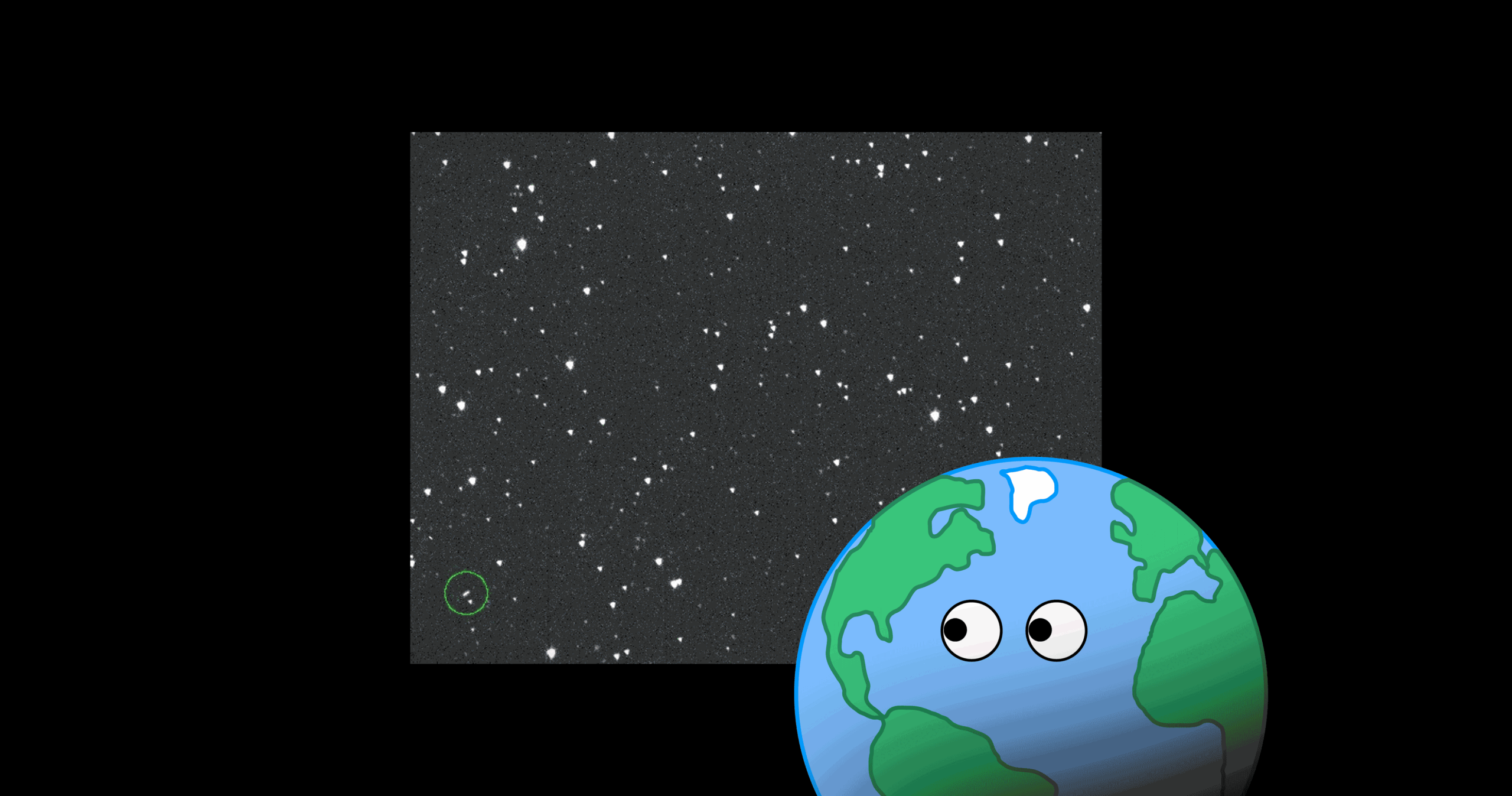
The James Webb Telescope Joins the Race to Understand Asteroid 2024 YR4
Astronomers are gaining a significant boost in their efforts to unravel the mysteries of an asteroid that poses a potential threat to Earth in December 2032. The European Space Agency (ESA) announced that the James Webb Space Telescope (JWST), renowned for its celestial observation capabilities, will observe the near-Earth asteroid known as 2024 YR4.
The telescope’s advanced technology will aid astronomers in precisely determining the asteroid’s size, temperature, and trajectory as it moves away from the Sun on its orbit. Ground-based telescopes currently tracking the asteroid face limitations in accurately predicting its path. However, the JWST’s ability to perceive infrared light and its vantage point millions of miles from Earth provide unparalleled advantages.
Growing Probability of Impact
The initial estimate of a 1.2% probability of collision with Earth in January 2023 has since increased to 1.8%, highlighting the need for further observations to refine the asteroid’s trajectory.
Estimating Asteroid Size: A Crucial Factor
Determining the asteroid’s size is paramount as it directly impacts the potential consequences of an impact. Based on current data, 2024 YR4 is estimated to be between 130 and 300 feet wide. However, this estimation is subject to refinement as additional data becomes available.
Refining Calculations and Predicting Risk
The JWST’s ability to track 2024 YR4’s position and size will significantly improve the accuracy of NASA and ESA’s assessments of any potential hazards. The telescope’s capabilities will enable astronomers to narrow down the asteroid’s true trajectory, reducing the uncertainty in its path.
JWST’s Role in the Observation
The Webb Telescope is equipped with advanced instruments, including the Near-Infrared Camera (NIRCam) and Mid-Infrared Instrument (MIRI), specifically designed to track objects like 2024 YR4. This data will complement observations from other telescopes, providing a comprehensive understanding of the asteroid’s characteristics and potential hazards.
Managing Time-Critical Discoveries
Despite high demand for observational time on the JWST, the telescope has prioritized teams with time-critical discoveries, such as the observation of 2024 YR4. This allocation of resources underscores the urgency of the need to understand the asteroid’s trajectory and mitigate any potential risks to Earth.
Continued Observations and Refinement
Astronomers will continue to monitor 2024 YR4 and gather data to refine its trajectory and assess the associated hazards. As the asteroid approaches its closest point to Earth in December 2032, the JWST’s observations will provide critical information to ensure Earth’s safety and minimize any potential impact.
Conclusion
The collaboration between NASA, ESA, and other international space agencies highlights the global efforts to understand and mitigate the potential risks posed by Near-Earth Objects like 2024 YR4. The James Webb Space Telescope, with its unparalleled capabilities, plays a pivotal role in this endeavor, providing astronomers with the data they need to assess the asteroid’s trajectory and potential hazards. As the mission progresses, the scientific community will continue to monitor and analyze the data, providing valuable insights into the nature of this celestial object and the measures necessary to protect our planet.
